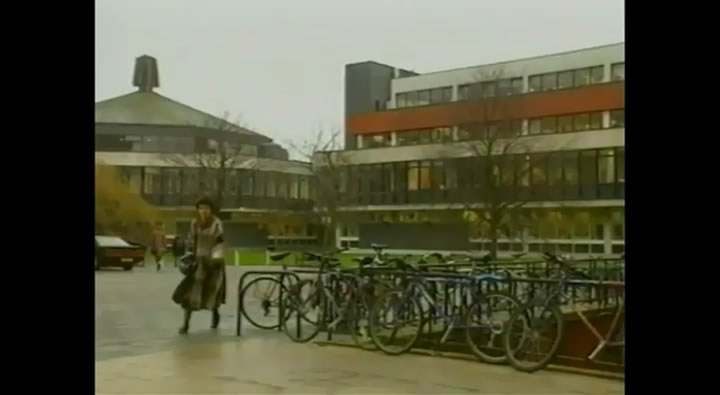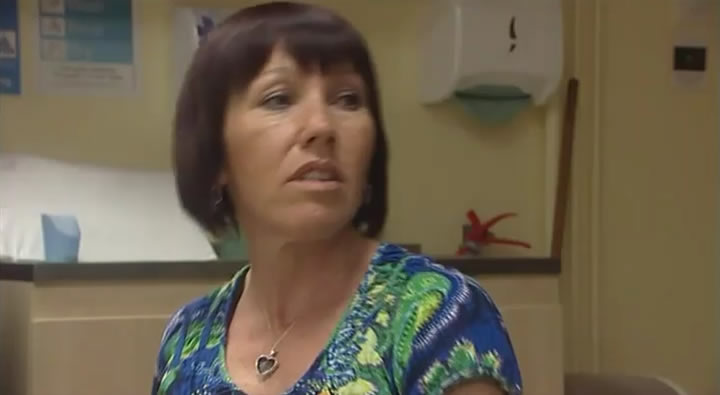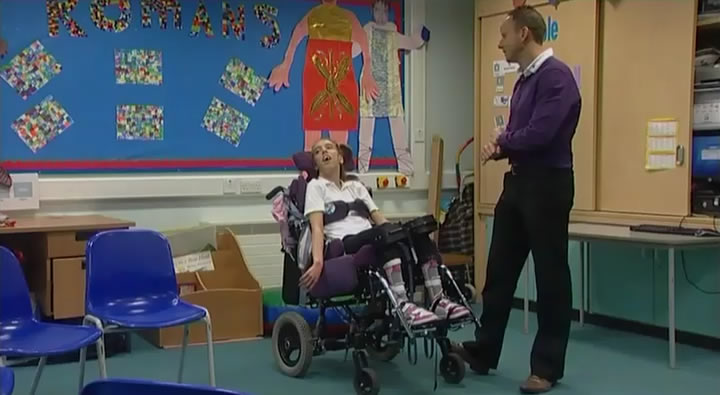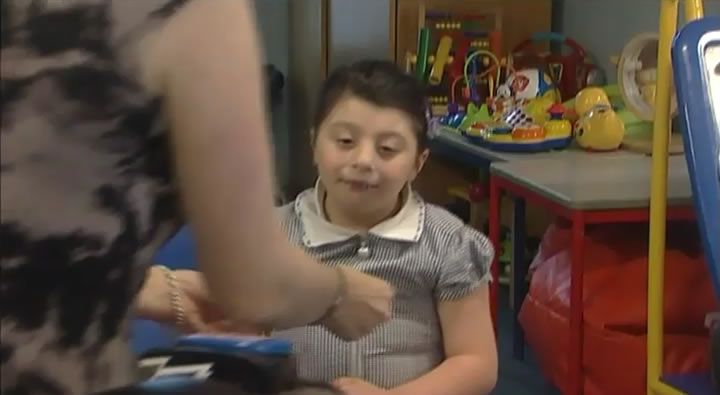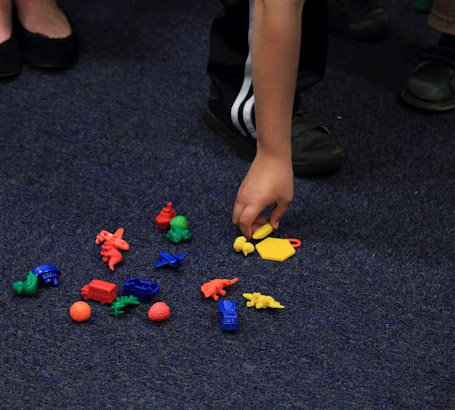
Piaget, Vygotsky and Bruner all had views on the value of play to children's development.
Piaget claimed that play provided opportunities for children to practice things they had previously learned.
In contrast, Vygotsky believed that play facilitates cognitive development. Children not only practice what they already know, they also learn new things.
Bruner talked of play as 'memory in action' in which the child draws on previous experiences in order to understand something new or interesting.
When interacting with babies and very young children parents make the interaction increasingly 'conversational', building on the foundations of taking turns and reciprocal involvement.
They instinctively make repetition of a game dependent on the child 'requesting' it, either vocally or through a gesture or expression. Ritual games such as 'peek-a-boo' and 'I'm coming to get you' build on earlier vocal play.
Where games follow a repetitive format, children learn to anticipate what will happen next. The video illustrates this instinctive repetition.
Children with complex needs may find it difficult to anticipate.
Watch this video clip in which Jo, a teaching assistant, uses familiar games and rhymes to develop Katie's ability to anticipate.
Now watch this video clip in which Steve plays a ritualised interactive game with Amber, which adopts the same repeated format.

Nind and Hewitt (1994) suggest that being playful and developing a feel for good interactive games can help teachers and caregivers to engage and communicate better with children with complex needs by making communication enjoyable.
Physical play akin to early parent-infant interaction can build bonds and relationships. Interventions should be child-led, with the adult building on and extending the child's spontaneous play behaviours, and using this as a springboard for the child learning to make communication intentional.

It can take time to get to know a child with complex needs.
Observe a child with complex needs that you teach.
What do children like doing?
How could you join in their behaviours and develop them into play?
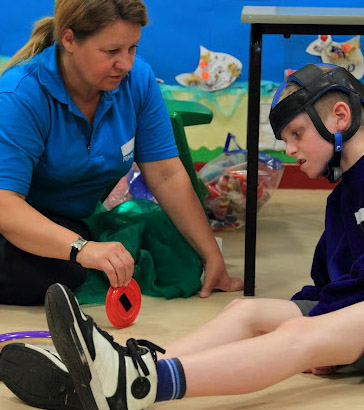
Early social play has the following features:
- Predictable framework – a play sequence with understood key moments.
- Shared focus of interest.
- Turn-taking – listening, watching, regulating behaviour, timing utterances and movements.
- Imitation and reinforcement of appropriate responses.
- Reciprocal involvement of players.
- Interaction within make-believe (imaginative games and role-play).
In this video a teacher explains how she encourages a girl, Leyla, to interact. Intensive interaction:
- Gives Leyla a focused opportunity to interact with another person;
- Helps her learn the precursors to communication, eg taking turns, making eye-contact;
- Shows her that communication can be fun;
- Helps to build a trusting relationship with her teacher.
